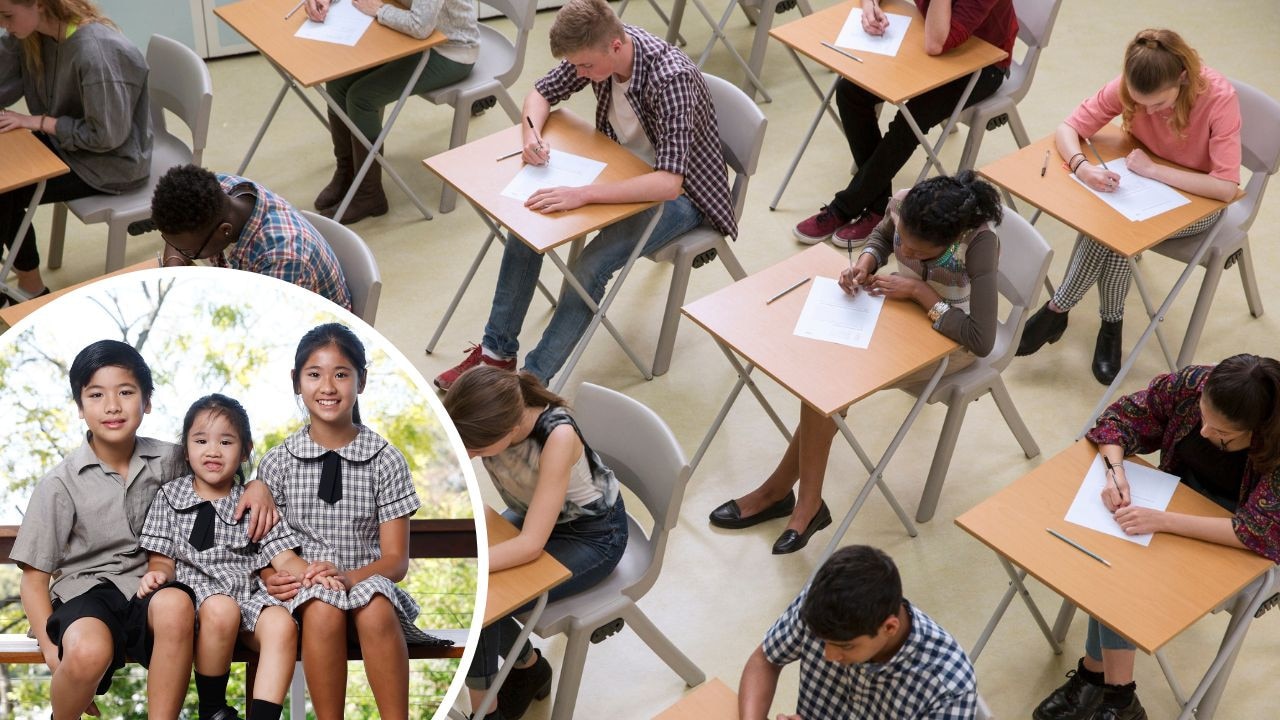HSC Modern History 2024: Ex marker reveals ‘obvious’ exam mistake too many students make
NSW’s 10,700 Modern History students have studied across decades and continents. In this HSC subject guide, a former marker busts exam myths and reveals the “obvious” mistake many make.
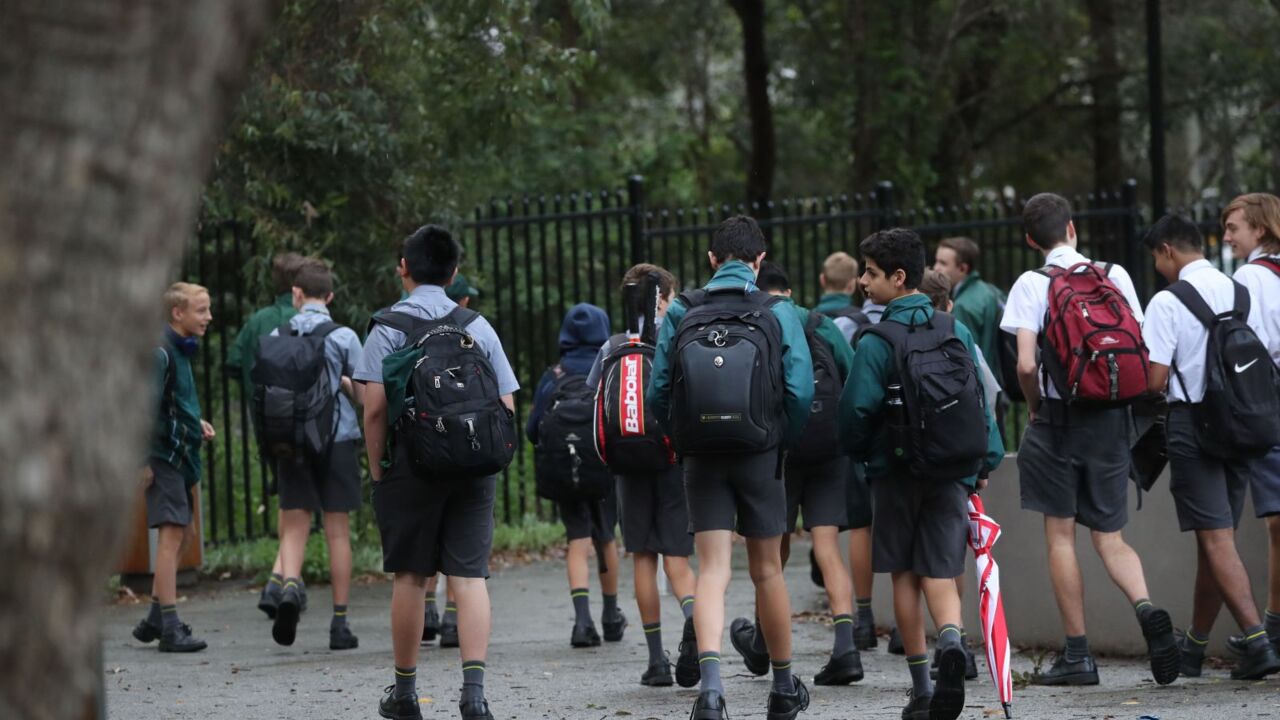
Education
Don't miss out on the headlines from Education. Followed categories will be added to My News.
From the fall of Germany’s Weimar Republic to the war in Iraq, NSW’s 10,700 Modern History students have spanned decades and continents in their studies – all of which will be put to the test come October 23.
Rebecca L’Estrange is the head teacher of history at inner city private girls’ school SCEGGS, where last year 27 of the 44 students enrolled in Modern History – 61 per cent of the cohort – attained a Band 6 result.
“The time between now and the HSC exam is a valuable one for students to ensure that they feel secure in their content knowledge and skills,” she said.
Former HSC marker, teacher and current university lecturer Dr Claire Golledge said one of the most important things history students can do now is familiarise themselves with the exam format, to avoid easy-to-make mistakes.
WHAT MARKERS WANT (AND TRAPS TO BEWARE)
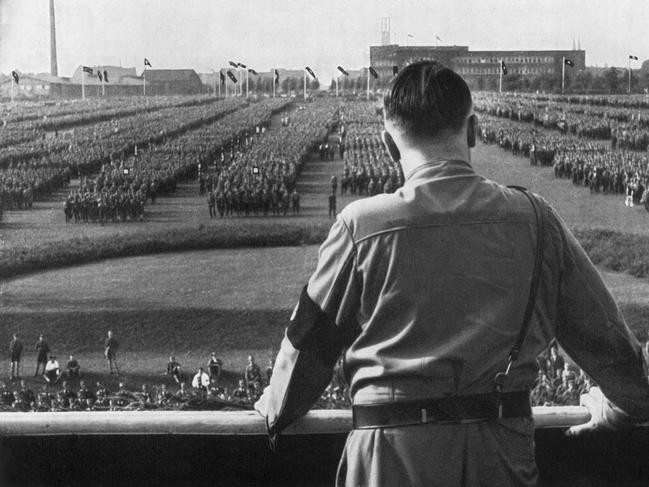
Dr Golledge has seen her fair share of papers arrive at the marking centre riddled with misinterpretations of the exam, including where students have written two essays each for section II and III, where a choice between essay questions is given.
“It’s such an obvious thing, but when kids get stressed they can fail to do really simple things like read the instructions on the paper carefully,” Dr Golledge warned.

“Instructions like ‘use sources A, B and C and your own knowledge’ (are) really important if you’re going to get the question right, just as knowing when you’ve got a choice between questions A and B, it’s not A and B.”
The ethos of HSC marking is to mark “positively” – i.e. students gain marks, rather than having them deducted, and markers “always do the fairest thing by the student”, Dr Golledge said.
“I don’t see them quote the wrong historian and take a mark off them, for example, they just don’t benefit from including that quote.”
Students will “stand out” in the Power and Authority section (Section I) when they “go beyond” describing what they see in a source, or describe historical events in simple terms.
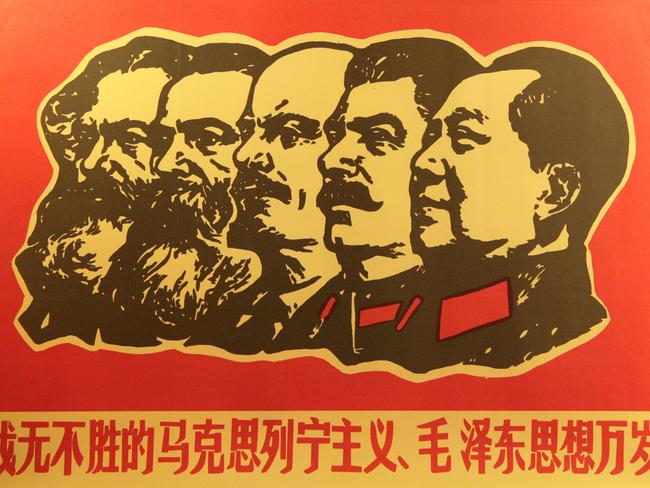
“It is quite a skill to be able to weave your own knowledge of the topic area alongside some analytical comments about the source material you’ve been given,” she said.
Another thing students can do to elevate their responses in a marker’s eyes is incorporate historiography and leverage historians’ opinions, Dr Golledge said, to include a variety of perspectives on historical events.
“History is rarely a straightforward narrative, and we don’t want to see students telling us a story so much as providing that kind of analytical lens,” she said.
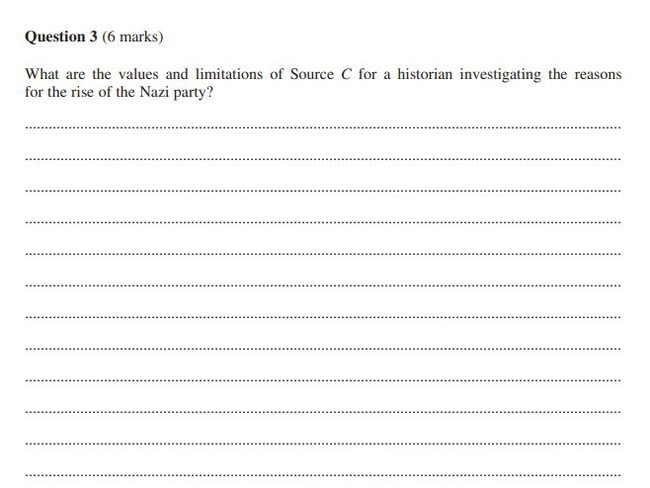
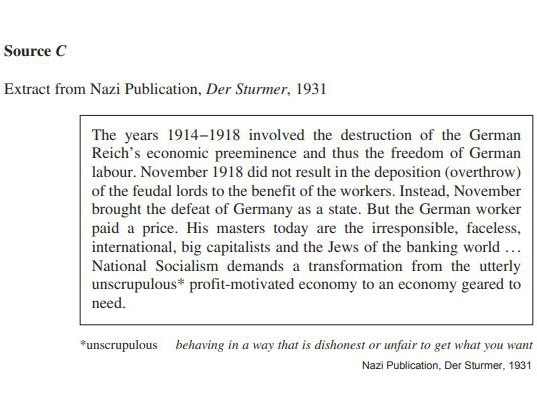
Ms L’Estrange, meanwhile, recommends that in addition to completing past papers, students take a look at the feedback markers gave on those very exams.
“Each year on their website, NESA provides an HSC Exam Pack, which includes the HSC examination paper, marking guidelines with some sample answers, and HSC marking feedback for each section of the paper,” she explained.
“This provides really useful insights in relation to how to approach different questions, and also feedback from markers on what they identified in “better responses” and “areas for students to improve”.”
NEXT STEPS TO STUDY UP
With only a few weeks left to revise everything you’ve learned in Modern History this year, SCEGGS history teacher Rebecca L’Estrange has five tips you can use to enhance your study.

• Tip 1: Use the syllabus for each topic area to check your knowledge and understanding of key features and key content to help to target and focus your revision time. Which areas are you most confident in and which areas do you need to revise in some more depth?
• Tip 2: Use flashcards and quizzes to help recall content knowledge.
• Tip 3: Create mind-maps for each key feature of the syllabus for your chosen options to help think about and connect key content that could be used as examples for that key feature. Images, symbols and colour coding can be helpful here.
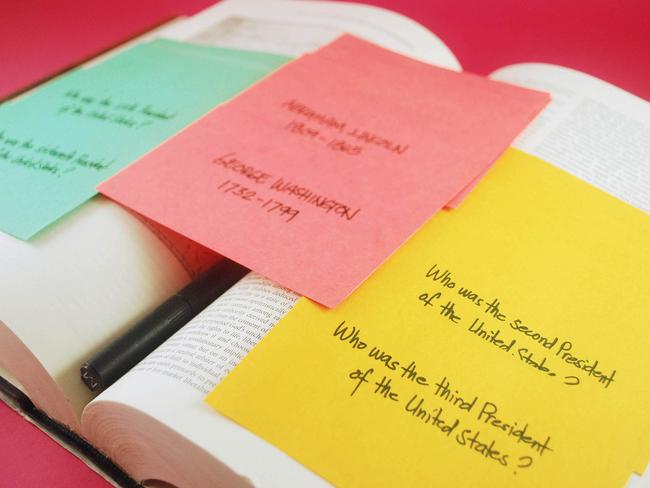
• Tip 4: Familiarise yourself with what different question directives and terms refer to, as well as different terms related to source analysis, including source perspective and source value.
• Tip 5: Complete a range of practice responses and plans to help to consolidate knowledge and skills. This could include practice essay plans and responses, short answer questions, and source analysis questions. Aim to complete some practice responses under timed conditions.
TAKING THE TEST – AND NAILING IT
Every HSC exam begins with a small pens-down period of reading time. Using those few minutes well can be make or break for students, and the five minutes preceding three hours of writing in the Modern History exam are no exception.
“The reading time provides an opportunity for students to look through the entire paper, read the questions for their option in each section of the paper, along with the sources in the Source Booklet for the Power and Authority section of the paper,” Ms L’Estrange said.
“Students can also use their reading time to start thinking about which of the 2 essay questions in Sections II and III they would like to answer.”
“When I see students sitting there meditating during their reading time, it makes me want to pull my hair out,” Dr Golledge added.

Time management is equally critical throughout the remaining three hours, both Ms L’Estrange and Dr Golledge said, if not more do.
“As there are four sections of the paper, each valued at 25 marks, I would recommend that students keep as closely as possible to 45 minutes per section,” Ms L’Estrange said.
“Be guided by the mark value and the lines/pages suggested to get an approximate idea of the time to allocate to each question and the length of the response.”
Dr Golledge went one step further, insisting the end of each 45 minute period should be a “hard stop”, even if it means moving to the next section mid-sentence – “Make up the time if you can, but don’t take it away from the other sections.”
When selecting which essay question to answer, out of the two options provided for National Study (Section II) and Peace and Conflict (Section III), theories on how to game this selection abound. However, the experts say the choice is really quite simple.
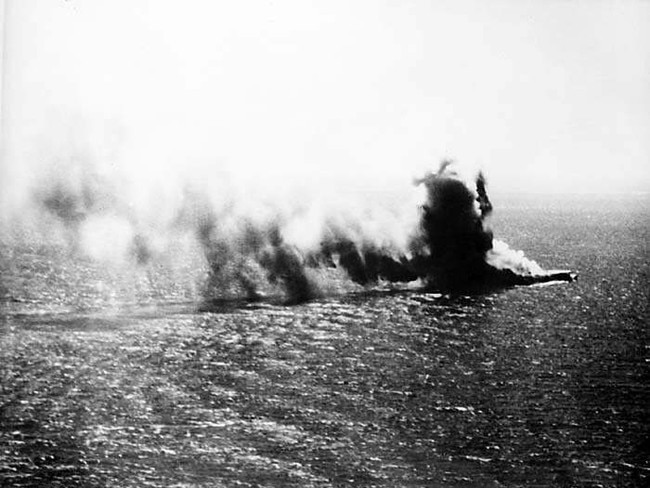
“I would recommend that students choose the question that they feel most comfortable and confident in answering,” Ms L’Estrange said.
“Go with your gut,” Dr Golledge added, “Don’t try and second guess, and think that one is better than the other – the NESA exam committee will have worked very hard to make sure those questions are equivalently difficult or easy … and they’re both worth the same marks.
“Choose the one you enjoy writing about the most … and if you’re very lucky, you might have a question that you’ve already practised or you did an assignment on during the year,” she said.
How you approach each question, Ms L’Estrange said, will depend on what it’s asking you to do and the length of response required. Here are her tips:
• Read the question carefully and take some time to understand what the question is asking you to do, including taking note of any time periods/dates given in the question.
• Think before you write and be sure that the content you include to answer the question is relevant to the question and time period asked.
• Provide detailed historical evidence, examples and interpretation in support of your response, and demonstrate how and why the content and examples you have included help you to address the question being asked.
• Incorporate relevant key terms and concepts in your writing.
• Explicitly incorporate evidence from a provided source if directed to do so by a question.
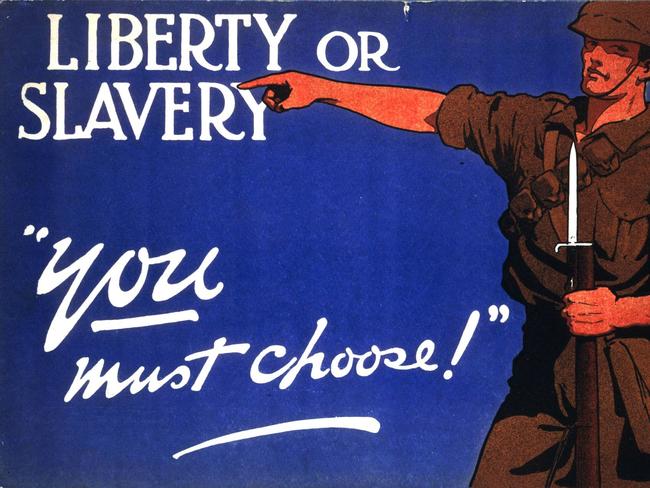
• When evaluating sources: Read the caption for a provided source and think about how the information provided in the caption (eg type of source, author, date and place of publication), as well as the content of the source itself, can help you to think about and respond to the question being asked.
• For extended responses and essays: Use your structure to help to establish and sustain your argument in response to the question – your introduction should establish your overarching argument … and outline the key areas your essay will include to develop and support it. Use your body paragraphs to develop and sustain your argument. As well as topic and concluding sentences for each paragraph which link to the question and your argument in response to it, remember the importance of linking sentences within your paragraphs to demonstrate why the content you have included is significant to your argument. Think about sentence starters that can help you to do this e.g. ‘This was significant because …’ Use your conclusion to summarise the key ideas of your essay and your argument in response to it.



